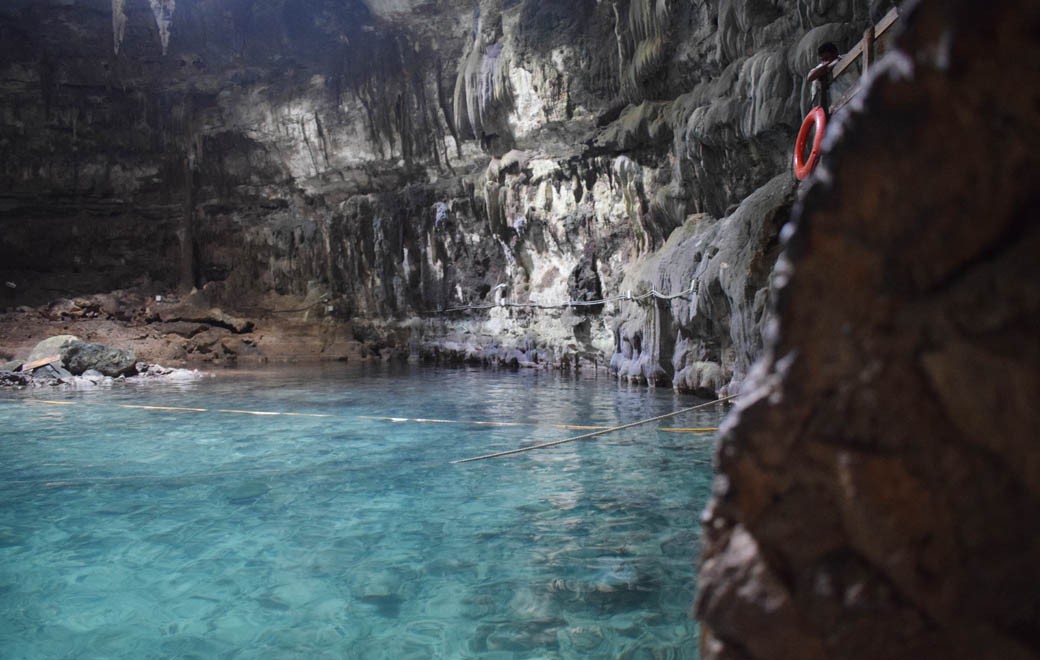
It’s impossible to explain to Pakistanis why one would choose to vacation in this ‘den of crime’

"Mexico is full of rapists, criminals, drug dealers." Who said it? Was it my urban-conservative, occasionally racist aunt or US president Donald Trump? Unlike Trump, though, my aunt wasn’t gracious enough to add the "And some, I assume, are good people," qualifier.
She, like most of my extended family and some friends, questioned my sanity and implored "Why Mexico though? Why not some place where others also go? Like Thailand? Or Turkey? Or Greece?"
I was vacationing with two of my friends, both of whom were graduate students in the US and so the first decision-making factor was budget - if you read enough Lonely Planet and scour enough travel websites, Mexico can prove to be an inexpensive vacation; there were days when we checked into 4-star hotels for as little as Rs1000 per person and meals where we ate what seemed like our own body weight in ceviche (a delicacy of raw fish, shrimp and octopus drowned in lemon juice) for less than Rs500.
To further answer my aunt’s "why Mexico" question, while parts of Mexico may feel dangerous, dirty or impoverished to the average American -- from whom we are receiving most of our news and views about Mexico -- it’s a whole lot safer, cleaner, and developed than Pakistan, despite its colonial past being far longer and more brutal than ours.
Plus, Mexico is one of the handful of countries in the world that houses cenotes, natural swimming holes formed by the collapse of porous limestone bedrock. The Mexican state of Yucatan, in particular, is littered with cenotes so clear that the tiny freshwater fish frolicking in the cenote (Mayan for ‘sacred well’) can be seen from well above the water. The Mayans believed that the water bodies deep inside caves were a portal to speak with the gods, and after spending time at just a few cenotes, it was easy to understand why.
After landing in Merida, we rented a car and first drove to Valladolid, while there we visited three cenotes: Cenote Zaci, Sambulá, and Samula. While the charm of Zaci was that it was smack in the middle of the city and hence easily accessible and that its pool was completely and beautifully drowned in sunlight, it was no competition for Sambula which had a waterfall at one end that you could stand under and feel as much like Kareena Kapoor in Asoka as is possible for ordinary citizens such as myself.
Sambula, in turn, would lose in the face of Cenote Samula where swimming felt almost spiritual; the water is pristine, in shallow parts you can clearly see the smooth rocks laying at the bottom, in deeper parts you can see through the water until it gets dark, as the well goes down hundreds of feet. There is one shaft of sunlight reflecting on the far end of the pool, but the almost-darkness only makes the cenote appear calm and inviting.
I had never swum with fish before, and I wasn’t too thrilled at the prospect. They tickle you when you least expect it. But, by the end of the afternoon, it was established that this was their pool and I was a guest; so as a gesture of respect, I would swim out of their way every time a school emerged in front of me.
One of my greatest regrets during the vacation is that I lost one of my contact lenses in the pool, which in itself is no great sorrow, but as my friend later pointed out, the lens will inevitably be the last thing an innocent fish would swallow.
Mexico is also home to beaches worthy of postcard shots. With crystal-clear turquoise Caribbean waves landing on white sand that doesn’t stick to you but slides off as easily as it clung on, the beach in the city of Tulum is as breathtaking in daytime as it is at night.
After fulfilling our water-related adventures, and before heading back to Mexico City, we also ventured the Ruta Puuc -- a circular route filled with Mayan ruins situated a couple of hours apart from each other. With only one day to devote to the Route, after extensive research on our phones, and democratic voting between the three of us, we opted to spend a few hours at the Ruins of Uxmal, and then take a tour of Caves of Loltun.
Bypassing the ruins of Kabáh, Labna and Sayil, we reached Uxmal with its wide open spaces, peppered with jungles and ruins. The highlight of Uxmal is the Pyramid of the Magician, which is so high that if you stand directly under it, it’s impossible to see its pinnacle. Since we were not invested enough to purchase the overly priced English tour, we walked around, keeping Wikipedia open on our phones and taught each other about the ruins as best as we could.
At Loltun Caves we succumbed and bought a tour, and I was surprised how much there could be to marvel at in a two-km stretch of dark, wet, muddy cave. There was a site where a mysterious body was found a few decades ago, natural rock formations resembling women, echo corridors, ancient wall paintings, bat caves and most importantly, the guide showed us the way out of the cave.
Between the cenotes, beaches, ruins, and caves, I thought it would be easy to explain to my aunt "why Mexico". But even after seeing the pictures and my delude of stories, she merely said, "Acha haan, magar sab say pyara toh Pakisan ka north hi hai, I don’t understand why you had to go to Mexico to see caves," to which we all know there is no further argument possible.